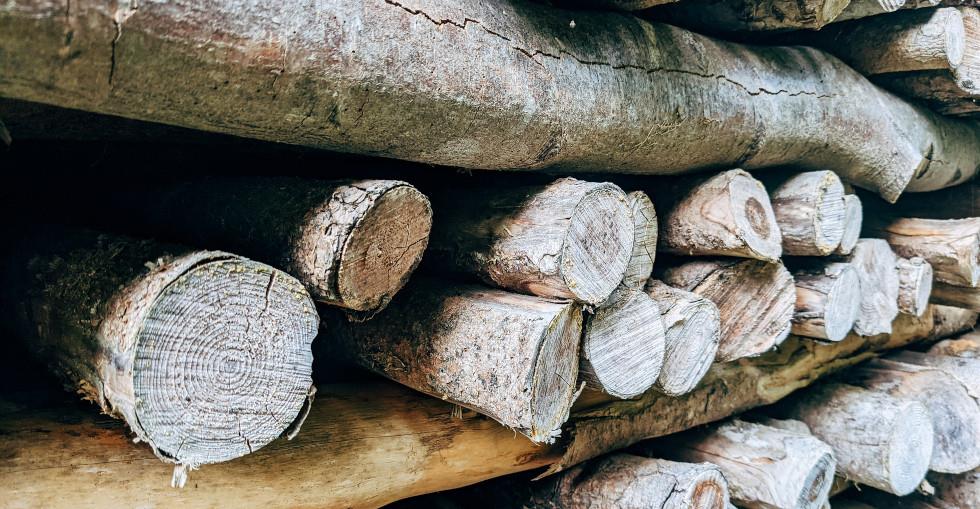Starting a sawmill in Australia isn’t a typical choice for most entrepreneurs. However, there are opportunities to be had if you can take advantage of Australia’s native forests.
We’ll cover essential topics like marketing, innovation, inventory management and more.
Strategies for improving a sawmill business
There are many strategies for improving your sawmill business, such as:
- Donating to conservation: As people become more conscious about our planet’s resources, promoting conservation can make your business more attractive to customers.
- Establishing relationships with loggers: Good supplier relationships can secure you the best quality logs at lower prices. These relationships will also ensure that you always have stock when you need it.
- Focusing on quality over profits: Sawing quality wood for your customers will ensure they keep coming back for more. So it’s better to thin your margins a little rather than have customers buy from your competitors.
Standing out within the sawmill industry
Since most sawmill companies focus on plantation harvesting, a way to stand out from other companies is to harvest native Australian wood.
The benefits of harvesting public native forests include:
- Considerably higher supply (28 million hectares) when compared to plantations (1.9 million hectares.)
- A lack of competition, with less than 2% of public forests harvested in previous years.
- The ability to provide a unique product that isn’t readily available.
Managing your sawmill’s inventory
To manage your inventory successfully, you’ll need to have an efficient setup. You’ll need a clean, dry warehouse to store your finished goods and a kiln that will help you season your wood quickly.
Once your stock is ready to sell, it’s a good idea to use resource planning software like TIMMS.
This type of software allows you to manage your supply chain, sales data, operations and more.
At a glance, you’ll know which wood you need to re-stock, unwanted products to discontinue and how profitable your business is.
Using sawmill market research
Market research is crucial for staying up-to-date on consumer trends within the lumber industry.
It’s a good idea to subscribe to industry research providers, like IBIS, who can help you stay up to date on global and country-wide trends.
Other sources of information include:
- Suppliers: Your suppliers can inform you about local trends such as log availability and the quality of recent harvests, which can help determine your buying decisions.
- Customers: Since you’ll be selling to other businesses, it’s wise to ask about their sales trends. Are customers favouring a particular type of wood over another? Why? Knowing these answers can help you predict future demand.
- Competitors: Knowing what your competitors are doing can help you identify potential threats and opportunities. Are they discontinuing a particular type of wood? Are they expanding their business or playing it safe?
Facts about the sawmill sector in Australia
Australia’s sawmill sector is an interesting one compared to other countries globally.
- The most popular wood harvested in Australia is plantation softwood. It is used mainly in residential construction, furniture manufacturing, paper and wood-based panels.
- Australia harvests a relatively small number of logs compared to the US, Canada and Russia. However, they are the second-largest exporter of woodchips.
- Most hardwood sawmills are small businesses, while softwood sawmills have undergone significant company consolidation.
Marketing for sawmills
The type of wood you process will determine your target market. For example, softwood is mainly used as sawn wood, while hardwood is mostly for pulp and woodchip exports.
To reach the relevant people within the businesses you want to target, you should:
- Create your digital presence—Facebook, LinkedIn, Google My Business, Website, etc.
- Produce relevant content such as blog posts to help readers solve problems within the niche(s) you want to focus on.
- Repurpose these posts for social media and link to the existing blog on your website.
- Create a lead generator such as an exclusive guide on lumber trends or a guide for picking the best lumber, which customers can download if they share their email.
- Run PPC campaigns to spread your existing content and capture leads.
- Continue sending helpful content to your email list with the odd email about the products and services you provide.
- Repeat steps 3 - 6.
Ways to finance your sawmill’s growth
If you’re looking to expand your business, some standard sawmill financing options in Australia include:
- Finance brokers like Rhino Finance
- Banks and financial institutions like Commonwealth Bank
- Government funding opportunities like the South East Forestry Partnerships Program (SEFPP)
Considerations when exiting your sawmill business
You may want to exit your sawmill business for any number of reasons.
For example, you could be nearing retirement, see an untapped opportunity in another sector or simply want to take a break and enjoy life.
Whatever the reason, it’s essential to prepare for your exit in advance.
You’ll need to track key metrics such as your sales revenue, cash flow and profitability. It’s also essential to have efficient systems in place so that future owners can hit the ground running.
Before you sell your business, it’s a good idea to learn about business valuation and negotiation strategies so that you can sell for a fair price.
Alternatively, you could use ValueRight to get an accurate and timely valuation before listing your business for sale online.

